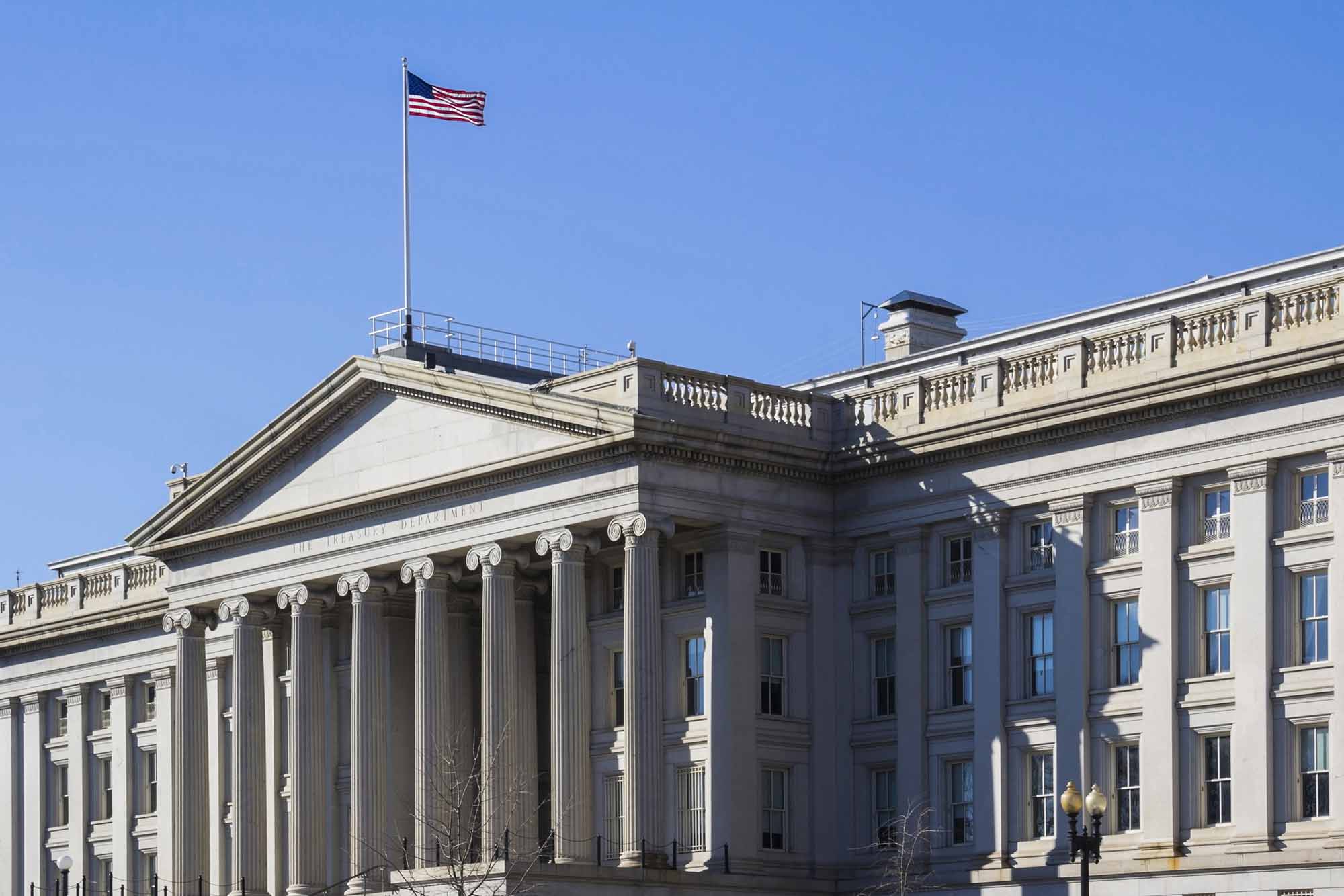Dealing with ballooning government debt


Governments must drive domestic economic rebounds to reduce unprecedented debt levels created by the fiscal and monetary response to the pandemic. However, markets and investors will need patience, given that this will take time.
Governments must drive domestic economic rebounds to reduce unprecedented debt levels created by the fiscal and monetary response to the pandemic. However, markets and investors will need patience, given that this will take time.
The scale of handouts required to address the economic shutdowns due to COVID-19 has inevitably led to government debt levels not seen since World War II (Figure M5). While these handouts reduce the negative economic consequences, it brings future challenges for governments and investment opportunities.
Implications of this growing government debt include higher taxes for future generations to help reduce the debt levels so that governments can provide healthcare and social security for older generations. In turn, this will likely reduce monies available for corporate investments and reduce productivity growth.
The ballooning deficit is already complicating policy choices as governments deliberate on more support packages, while managing growing debt levels. Yet, for as long as investors are willing to buy new debt issues, this cycle can continue.
Low interest rates have been helpful in making it less costly for governments to borrow money. This makes it easier for governments to continue to roll over their debt and spend more if needed.
Governments have a number of options to reduce debt levels in a post-COVID world, namely
- Growing the economy faster than the growth in debt; as the US did after World War II
- Reducing government spending and increasing taxes, although timing is key – higher taxes enacted too soon could disrupt the recovery
- Introducing taxes on the digital economy to tap on its growth
- Closing tax loopholes to stem losses in potential government income
Regardless of these or any other measures, reducing debt levels to lower – and healthier – levels will take years. In the meantime, governments need to tread carefully and slowly to avoid potentially derailing economic recovery.
Figure M5. Government debt has been increasing over the years, but has spiked in 2020.
Source: IMF World Economic Outlook Database, October 2020



 Back to Home
Back to Home









 Back to Home
Back to Home